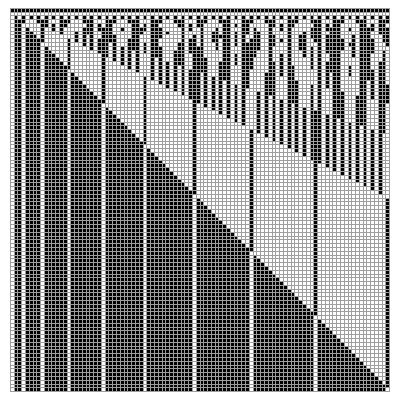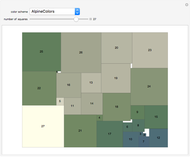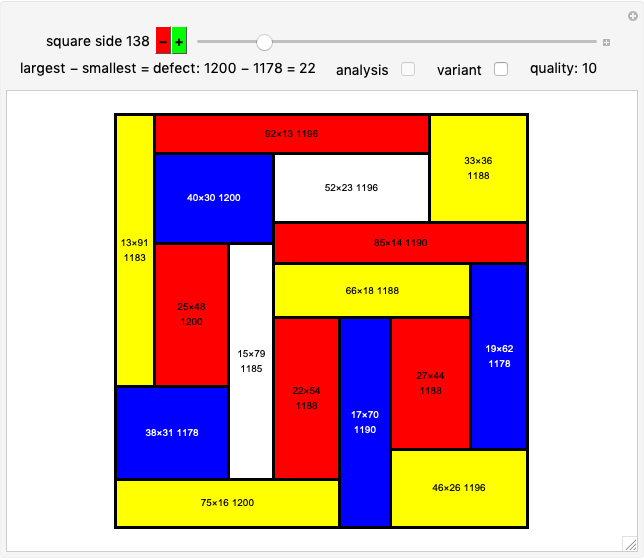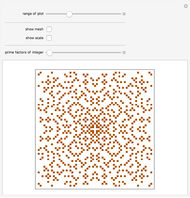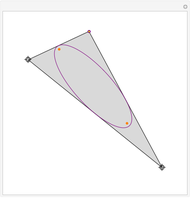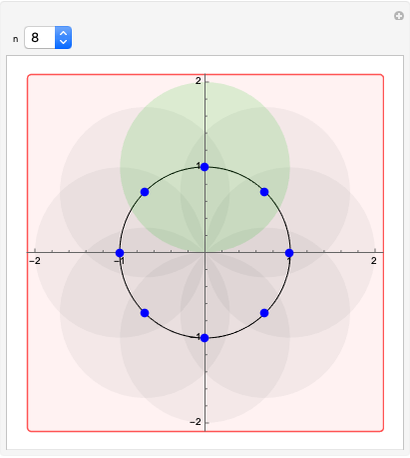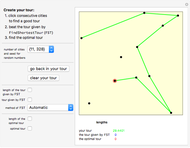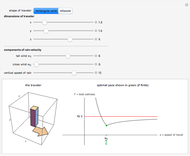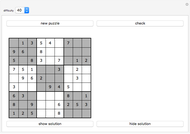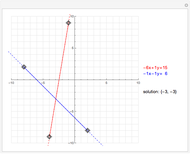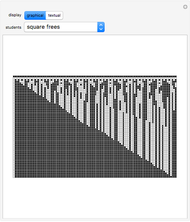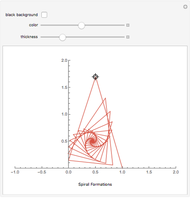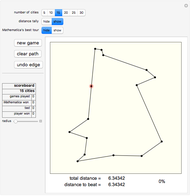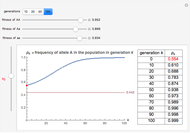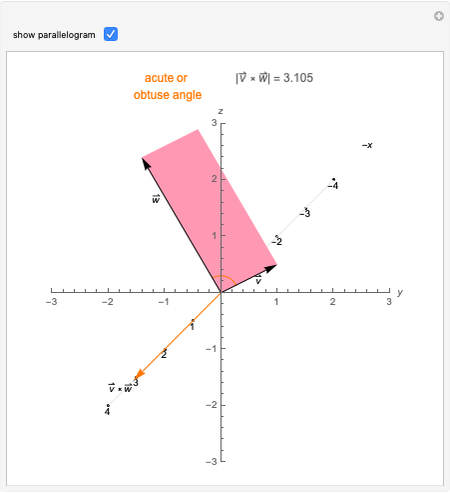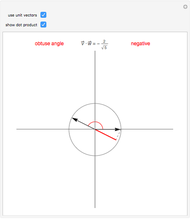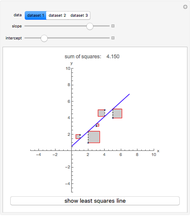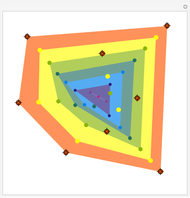The Locker Problem

Requires a Wolfram Notebook System
Interact on desktop, mobile and cloud with the free Wolfram Player or other Wolfram Language products.
Imagine a hallway with 100 lockers, all closed. 100 students are sent down the hall as follows: student 1 opens all the lockers; student 2 closes every other locker, beginning with the second; student 3 changes the state of every third locker, beginning with the third; and so on. After all the students have marched, which lockers remain open? This Demonstration illustrates the changing locker states as the students march. Black squares represent closed lockers and white squares represent open lockers. The first row in the graphic shows the initial hallway with locker 1 on the left and locker 100 on the right. Each subsequent row shows the hallway after the next student has marched, with the bottom row showing the final locker configuration. The user can select certain subsets of the students to send marching, using the convention that student  will change the state of every
will change the state of every  locker, beginning with the
locker, beginning with the  . Can you see how the final locker state relates to the set of students sent marching?
. Can you see how the final locker state relates to the set of students sent marching?
Contributed by: Leah Sayre and Bruce Torrence (March 2011)
Open content licensed under CC BY-NC-SA
Snapshots
Details
Further reading:
B. Torrence, "Extending the Locker Problem," Mathematica in Education and Research, 11(1), 2006 pp. 83–95.
B. Torrence and S. Wagon, "The Locker Problem," Crux Mathematicorum, 33(4), 2007, pp. 232–236.
Permanent Citation
"The Locker Problem"
http://demonstrations.wolfram.com/TheLockerProblem/
Wolfram Demonstrations Project
Published: March 7 2011
